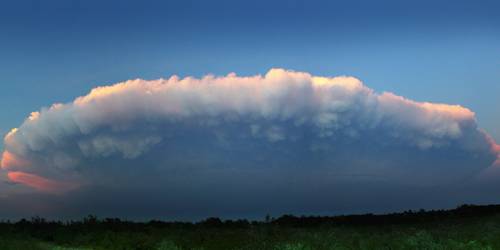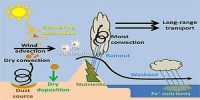Cumulonimbus Cloud: A well developed vertical cloud that often has top shaped like an anvil. These clouds can extend in altitude from a few hundred m above the surface to more than 12,000 m. They are an ideal example of how dissimilarity in altitude can concern the shape of clouds. It forms in the subordinate part of the troposphere, the layer of the atmosphere closest to the surface of the Earth.
These clouds often create lightning in their heart. This is caused by ionized droplets in the clouds resistance alongside each other. The motionless charge built up creates lightning. Cumulonimbus clouds need warm and humid circumstances to appearance. This gives them the wet humid updrafts needed to create them. In some instances, a Thunderhead with sufficient force can grow into a supercell which can create strong winds, flash floods, and a lot of lightning. Some can even become tornadoes given the right circumstances.

In common, cumulonimbus requires humidity, an unbalanced air mass, and a lifting force (heat) in order to form. Cumulonimbus usually goes through three stages: the developing stage, the mature stage (where the main cloud may arrive at supercell status in a positive situation), and the dissipation period. The regular thunderstorm has a 24 km (15 mi) width. Depending on the circumstances nearby in the atmosphere, these three stages take a standard of 30 minutes to go through.
















